Valentine’s Day — not just roses!
And what if you don't offer florist services? Find out what to do this Valentine's Day.
Since Valentine’s Day is the third-largest holiday in dollar volume for live goods, after Christmas and Mother’s Day, respectively, you should take advantage.
According to the Society of American Florists (SAF), of the flowers purchased for Valentine’s Day, 80 percent are cut flowers, 16 percent are flowering and green houseplants, and four percent are outdoor bedding and garden plants. Not surprisingly, of the cut flowers purchased, 54 percent are roses, 26 percent are mixed flowers, 12 percent are carnations and eight percent are other single flower types.
Alternatives to roses
We all know roses shout, “I love you. Happy Valentine’s Day!” But what about those customers who want something different? Offer some unique choices to your customers. Suggest gerbera daisies, alstroemeria, lilies, tulips, daffodils, penstemon or lisianthus, among many others. Consider the shapes, smells and colors of the flowers. Flowers also have many different meanings, which you can find by doing a simple search on the Web.
Mix it up. Put some daisies, which symbolize innocence, with some yellow tulips, which signify being hopelessly in love, and tag it as “new love”; include the flower meanings. Add some alstroemeria which mean aspiring to it and tag it as “hopeful new love.”
No Florist? What to do?
Of course there are those of you out there who don’t have a florist or floral department in your garden center, but you too can get in on the profitable action.
Cut flowers sell best because they are what is expected at Valentine’s Day, but as the SAF statistics show, flowering and green houseplants also have a place in the hearts of consumers. “Think about potted plants and foliage, upgraded with V-Day-themed packaging and accessories and positioned as a gift that can express the emotions of the day for a longer period of time,” says Stan Pohmer, president of Pohmer Consulting Group. Try gerbera daisies, lilies, alstroemeria, orchids, kalanchoe and others. Remind your customers that these will last longer than cut flowers.
Florist azaleas. Said to mean passion, florist azaleas can be kept inside during the winter and placed outside at summertime; they are available in many shades of white, pink and red.
Cyclamen. A great winter crop, cyclamen are available in all of the Valentine’s Day colors: red, pink, purple, white. And even more fitting for the love holiday is the heart-shaped foliage.
Gerbera daisies. One crop getting a lot of attention over the past few years is the gerbera daisy. While it sells well as a cut flower, it also looks great potted and comes in a wide range of colors.
Potted carnations. Cut carnations are popular at Valentine’s Day, so why not promote potted carnations? Display the reds, pinks, whites and even the yellows.
Miniature potted roses. With the same idea as the potted carnations, display reds, pinks and whites, and remind your customers how much longer the life of these is compared to cut roses.
Kalanchoe. You most likely already have these in your store. Kalanchoe is a popular winter crop with many blooms.
African violets. Always a good gift, the African violet also has heart-shaped leaves, and blooms come in pinks, purples, whites and other colors.
Primulas. Primulas will produce their colorful flowers non-stop until May and are available in just about any color.
Orchids. Meaning beauty, orchids would make a great alternative to traditional Valentine’s Day flowers.
Alstroemeria. Though it is most common as a cut flower, alstroemeria is now taking to the container.
Lilies. From Calla lilies, indicating beauty or regality, to Stargazers, meaning ambition, container lilies offer pink color for the Valentine’s Day spirit.
Iris. The iris has a few special meanings: affection, inspiration, faith, hope all of which would be fitting for the holiday.
Spring-season bulbs. With spring right around the corner, flowering bulbs are a great gift.
Pink tulips means caring; purple, royalty; red, declaration of love; white, forgiveness; and yellow, hopelessly in love.
Signifying regard, daffodils look great in containers and say “spring is near.”
Hyacinths mean loveliness, especially the white hyacinths. This large-blooming crop is available in numerous colors from yellow to pink to purple.
Signage and supplies
“The keys to success for this holiday tie-in are to let the consumer know you have product they’d be interested in (advertising) and merchandising at least a section of your store with the Valentine’s Day theme (i.e. special signage, ceiling banners, sentiment cards, wrapping service, etc.),” says Pohmer.
Take advantage of the colors associated with this “love” holiday. Use signage that depicts Valentine’s Day hearts, cupids, etc. to remind your walk-in customers that it is coming up and to buy from you, their favorite garden center. Inform them of the special meanings of some of the crops other than roses.
Many pots and containers are available in Valentine’s Day themes. Group these with the plants along with any candy or any Valentine’s Day hard goods you might carry.
“Remember, Valentine’s Day is a time for giving and expressing emotions, so the plants need to be ‘dressed up’ to help convey the feelings of the sender,” says Pohmer. All in all, get real gushy with it! Your customers will “love” it!


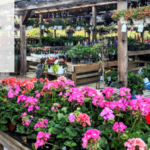
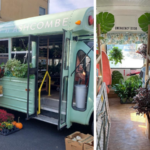
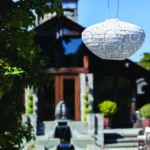


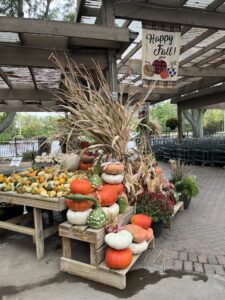
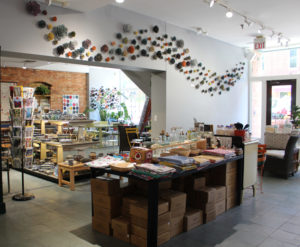
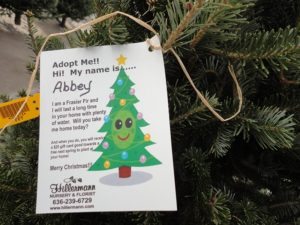
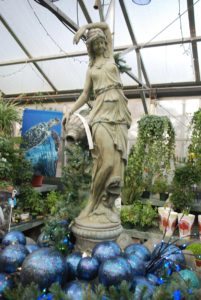
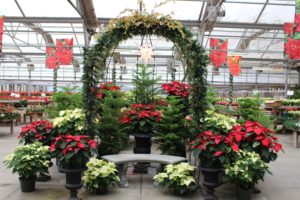
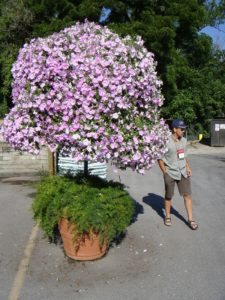
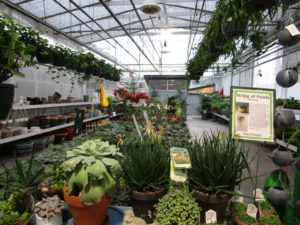
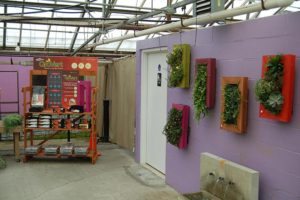
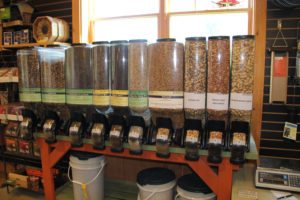
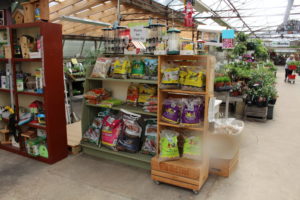
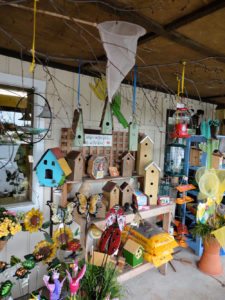
 Videos
Videos





